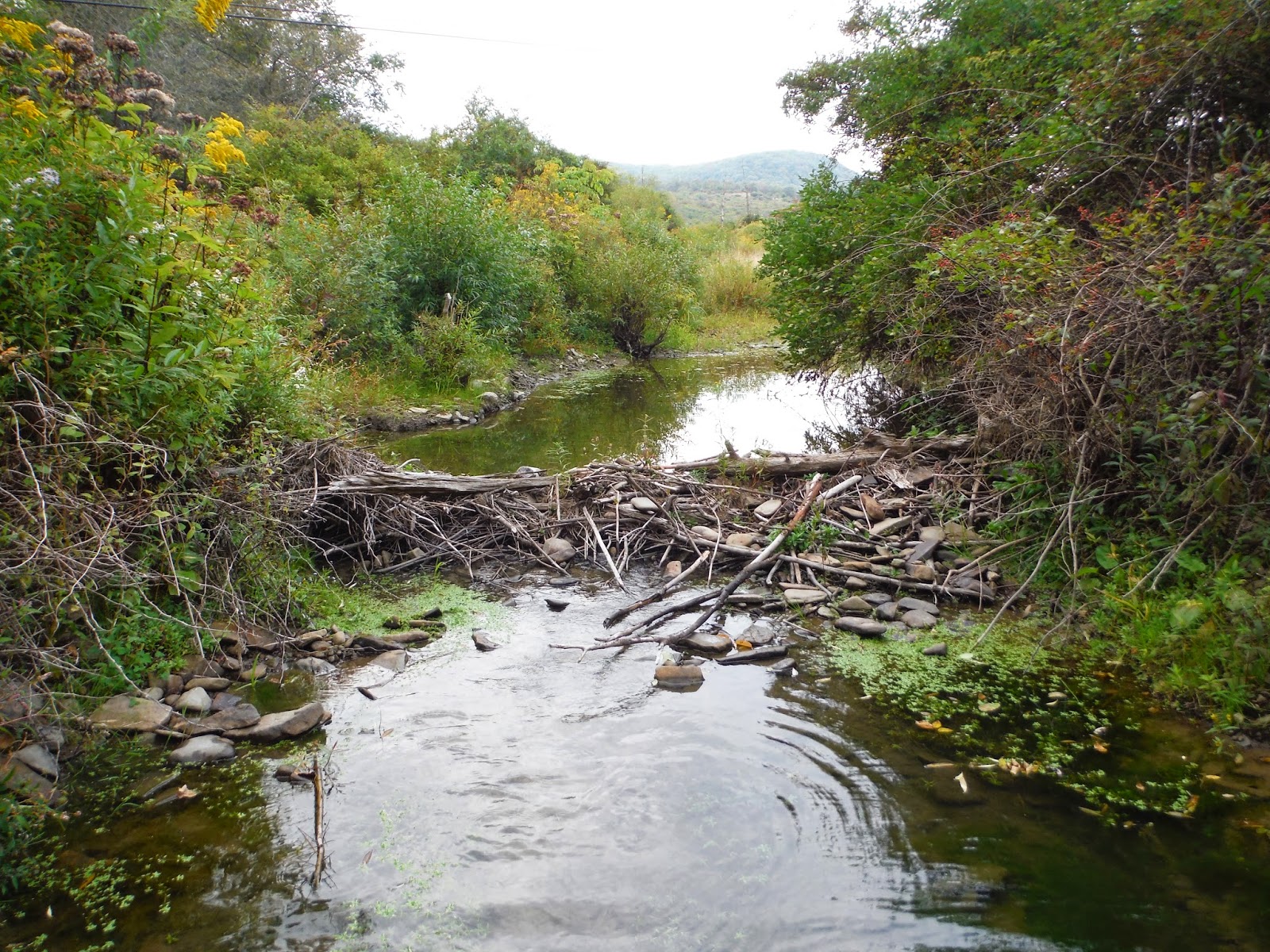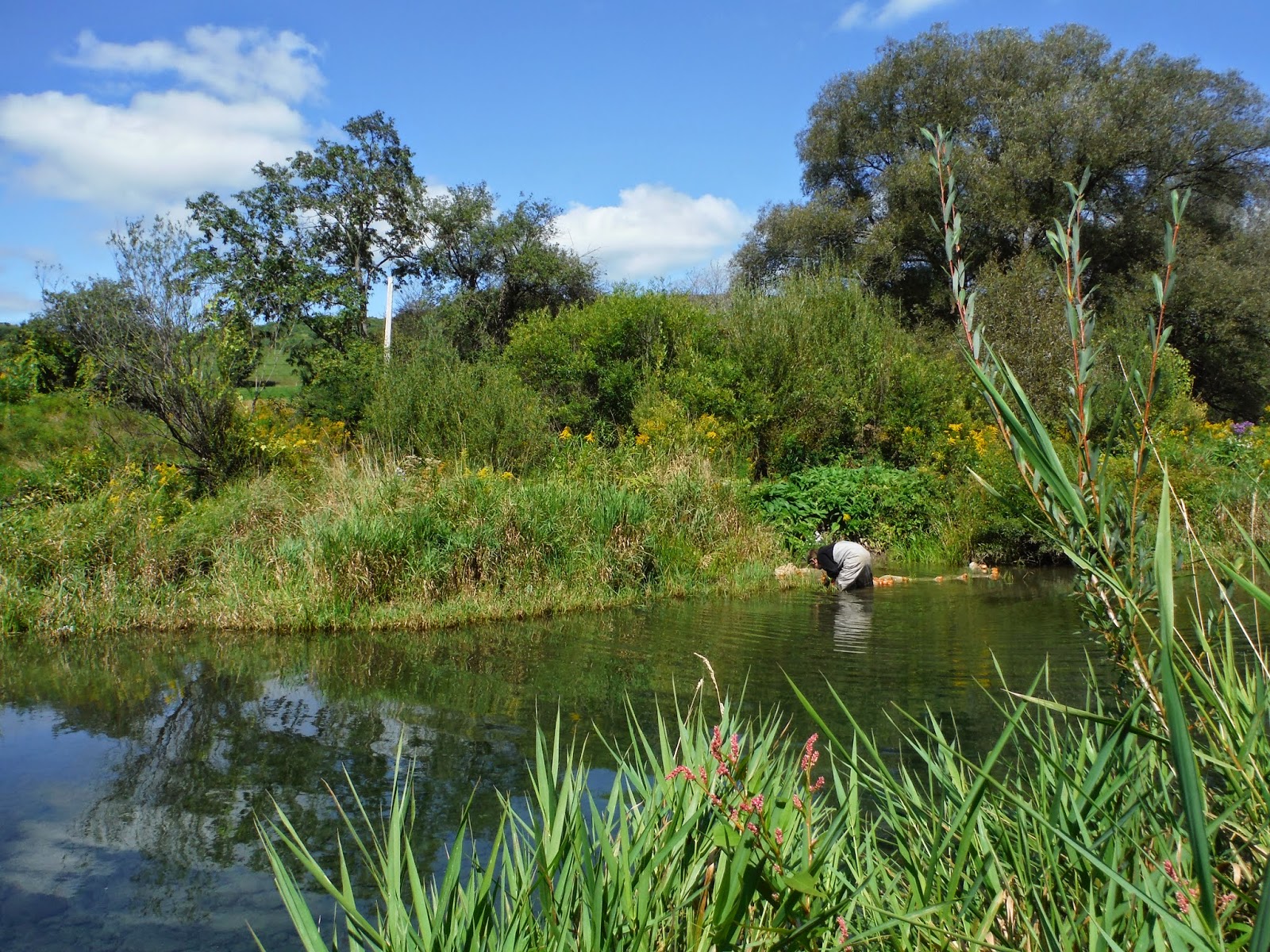Sorry for the long delay, but I was in the field almost continuously since Thursday. I visited my sites in the Delaware River before I headed all the way to Maine to do work with another researcher. Of course pictures were taken and lampreys were captured.
Lamprey having its weight taken after the length was measured.
A bunch more lampreys and at the bottom a transformer. He was tagged but interestingly his body destroyed the tag. The scars are still present from where the tags were, but the colors are completely gone!
I had help so there are even some pictures of me, here posed.
Working up some lamprey on a gravel bar in the stream.
Showing off one of the trophy ammocoetes while recording data and preparing to tag.
Last picture of me standing ready to go hunt for some lampreys with water for myself. When temperatures break 80F I can easily go through a gallon of water in a day, since I may have to stand still in the sun for 1-2 hours while collecting the ammocoetes. It's a good idea to know your biting flies so you can quickly decide if you need to kill or ignore the animal that just landed on your arm or face.
And now pictures from Maine. Last time I went I did not have a functioning camera. This time I had a camera (courtesy of my considerate in-laws) so I made sure to take lots of pictures.
Picture of one of the streams I worked at in Maine. This is a shallow stream (as you can see) but in the spring 100's of adults swim through here looking for a good place to make nest for their eggs.
And here are the nests of two lamprey pairs now 2 months after they were created. When the water was up the entire nests would have been covered. Now that the water has come down the very lower portion of the nests are exposed. The eggs have already hatched and the tiny ammocoetes (~8 mm long) have moved downstream to find a place to call their own for a few years.
Two pictures of areas where ammocoetes collect. In the top picture we found more than 40 animals, and in the bottom pool we only shocked a section but collected about 50 animals.
Here are some of the lampreys immediately after capture. Note that they are very small, the animals we found in Maine are frequently half the size of their compatriots in the Delaware River. This is not because of genetic differences between populations (lampreys do not return to a natal river, they only return to a river they consider suitable to spawn in), but is instead related to the length of the growing season. Numerous short growing seasons keep the animals small and encourage them to give up growing as soon as possible and try to make their living at sea on other animals. Look out for the very small animal towards the center, that animal is probably 2-3 months old and is the
largest that animals from this year are at this time.
An underwater video of some of the fish that share the same habitat. See if you can spot some of the fish that Maine lists as "baitfish" here (
link).

























